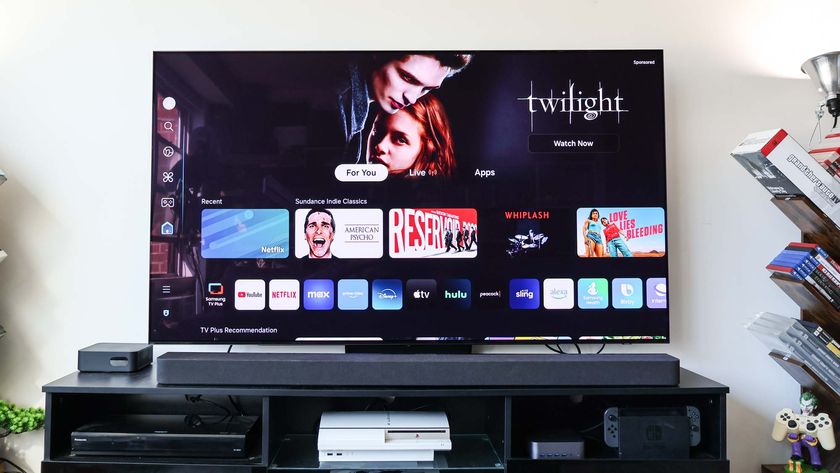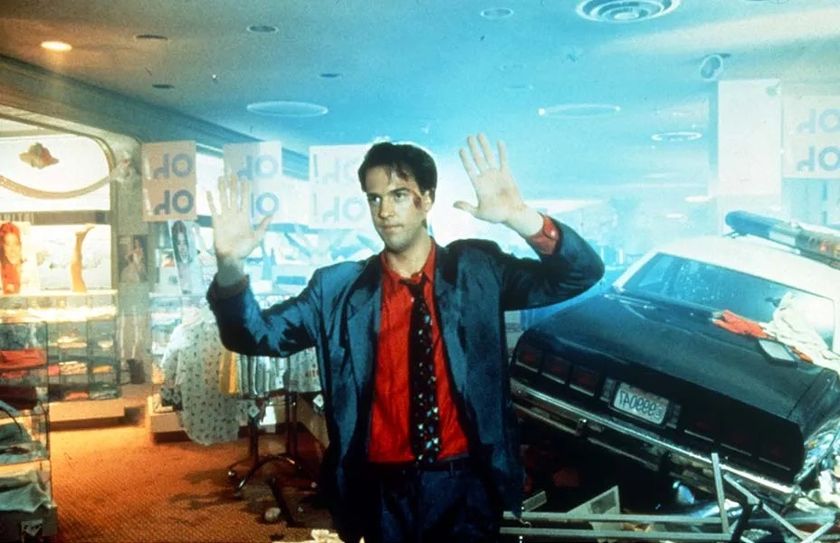How Much Power do Next-Gen Game Consoles Consume?
The Wii U uses less than half the power of the Xbox One and PS4, but all three consoles use way too much power for streaming video.
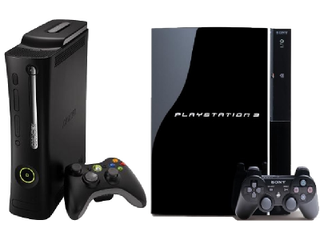
The total number of Xbox Ones, PlayStation 4s and Wii Us in American households use as much power in a year as homes in the city of Houston, and will cost consumers a total of $1 billion per year in energy costs. That's according to a new report by the Natural Resources Defense Council (NRDC), a New York City-based nonprofit.
Want to know just how much power your Xbox One, PlayStation 4 or Wii U is using? According to the EPA, only the Wii U falls within EnergyStar's recommended efficiency rates. And if you're using your video game console to stream video, you might be making an expensive mistake.
MORE: Xbox One vs PlayStation 4 Comparison
According to the NRDC report, the Xbox One and PlayStation 4 consume the most power while users are playing a video game (as opposed to streaming video or doing other activities).The PlayStation 4 consumes 89 watts per hour when streaming video and the Xbox One consumes 72 watts. That's 35 to 40 times more power consumption than a dedicated streaming device such as an Apple TV, Google Chromecast or Roku.
By comparison, the Wii U consumes 32 watts while streaming video — still not nearly as efficient as a dedicated streaming device, but still far less than the Xbox One and PlayStation 4.
Why do the Xbox One and PlayStation 4 consume so much power while streaming video? It's because the consoles are also feeding power to their other processes as well. These other processes put the consoles far above EnergyStar's proposed "requirements" for game console power consumption, which is 50 watts for streaming video.
These aren't really "requirements" in the strictest sense; although EnergyStar told Tom's Guide that it worked with Microsoft and Sony to develop these power consumption goals, the gaming companies never pledged to meet them and are under no legal requirements to do so. Still, the EnergyStar recommendations show how efficient the gaming consoles could theoretically be.
Sign up to get the BEST of Tom's Guide direct to your inbox.
Get instant access to breaking news, the hottest reviews, great deals and helpful tips.
When browsing the consoles' navigation menus, the Xbox One draws 72 watts and the PlayStation 4 draws 88 watts (compared to the Wii U's 32 watts). Again, the first two are well above EnergyStar's proposed limit of 40 watts.
According to EnergyStar, in "Connected Standby" mode, when the consoles are plugged in but not active, the Xbox One consumes 15.7 watts per hour, and the PS4 consumes 8.4. The Xbox One's higher rate of consumption is because of its Kinect, which is always on and listening for voice commands. The Wii U draws only 0.4 watts per hour, which falls under EnergyStar's suggested limit of 0.5 watts.
Overall, the NRDC report estimates that the Xbox One, PlayStation 4 and Wii U together will consume more energy while playing video or in standby mode than they will while playing video games. The NRDC report also provided numbers on how much power the consoles draw while playing a video game: 112 watts for the Xbox One, 137 watts for the PlayStation 4, and 34 watts for the Wii U. EnergyStar does not yet have proposed power consumption caps for gameplay.
EnergyStar told us they don't have any data on whether different types of games (such as 2-dimensional vs three-dimensional graphics) or play modes (such as connected multiplayer versus single-player) draw more power than others.
But these numbers on the Xbox One and PlayStation 4 aren't necessarily final; Microsoft and Sony may still make improvements during the consoles' life cycle as they did with the Xbox 360 and PlayStation 3.
One way you can reduce your power consumption is to unplug your gaming console when it's not in use. You may also want to consider purchasing a dedicated streaming device such as a Roku, Chromecast or Apple TV instead of streaming Netflix, Hulu and other TV via your game console, as the money you save in electricity bills may very well make up the cost of the extra device.
Email jscharr@tomsguide.com or follow her @JillScharr and Google+. Follow us@TomsGuide, onFacebook and on Google+.
Jill Scharr is a creative writer and narrative designer in the videogame industry. She's currently Project Lead Writer at the games studio Harebrained Schemes, and has also worked at Bungie. Prior to that she worked as a Staff Writer for Tom's Guide, covering video games, online security, 3D printing and tech innovation among many subjects.
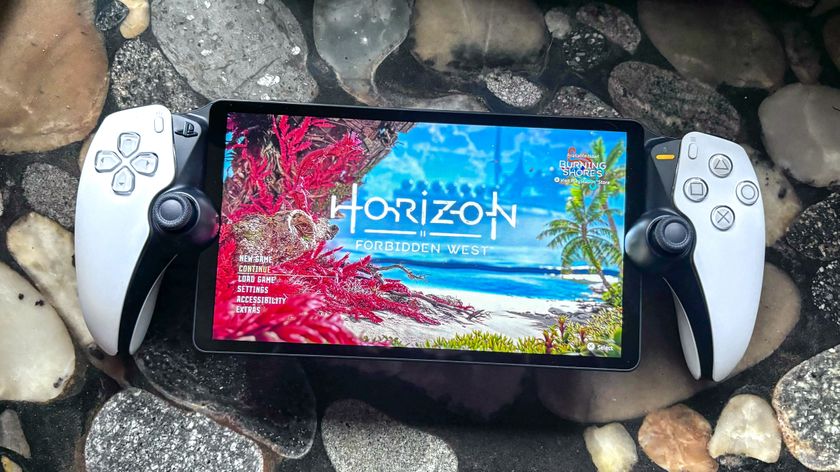
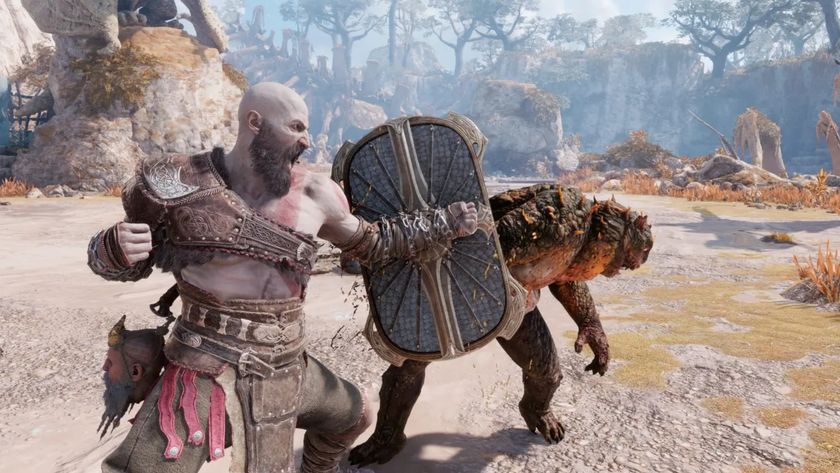
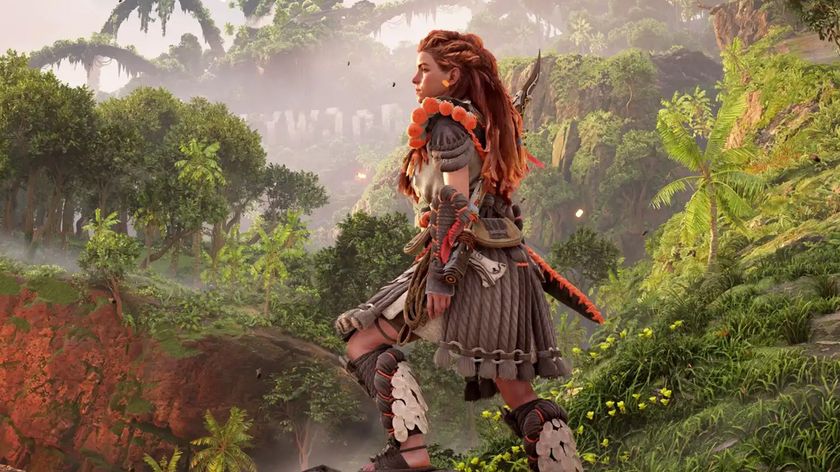


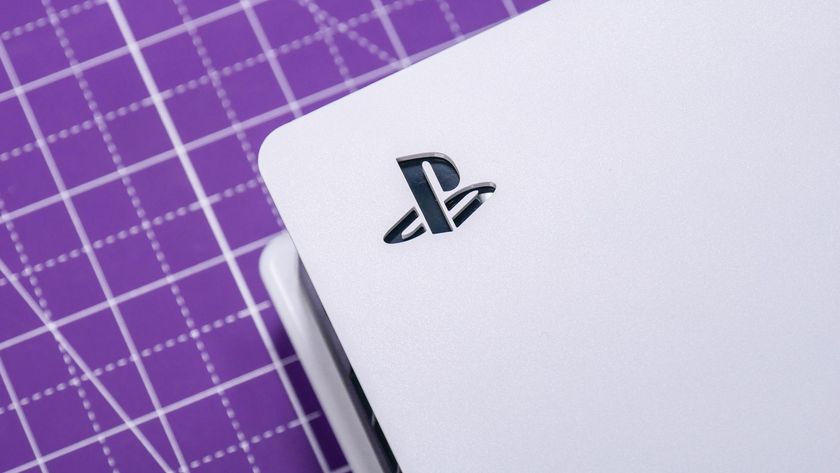

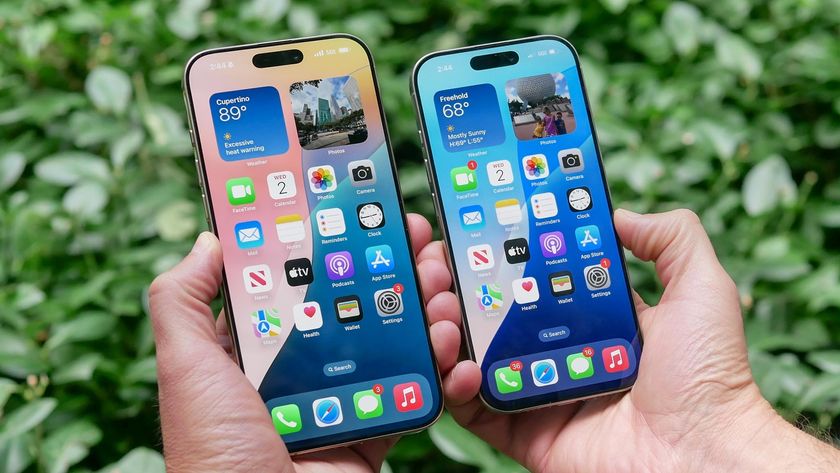


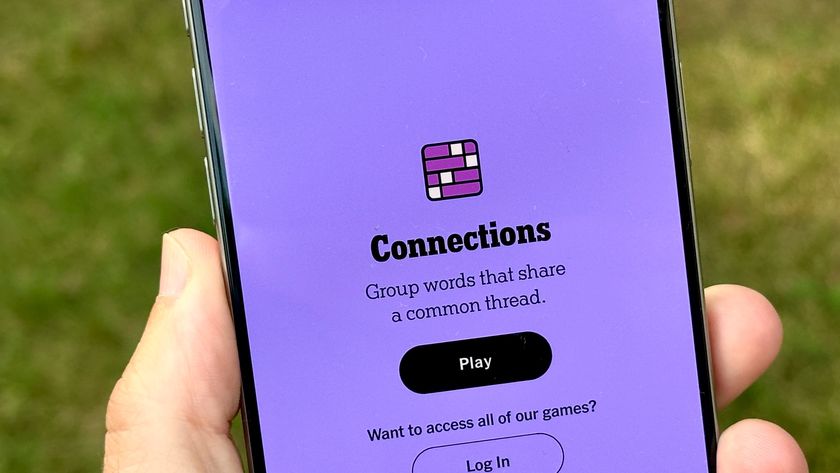

-
aldaia A console will probably stream video to a TV that, i asume, will also be ON. A TV consumes in the range of 50W-300W (depending on screen size, age and technology). If you are in the low end of the range, power used to stream video becomes significant, if you are in the high end, it becomes almost irrelevant.Reply -
back_by_demand So, based on average usage, how much extra per year does it cost to run a PS4 - maybe the cost of XBL Gold? Would be nice to see some numbersReply -
mapesdhs "... watts per hour..."Reply
That doesn't make sense. The Watt already defines a rate of time,
ie. joules per second. Perhaps what you meant to do was refer to
power consumption per fixed time such as the kWh (or kW.h for
the fussy), in which case a PS4 drawing 89W for one hour would
have used 0.89 kWh.
If you're describing a device's continuous usage where the time period
is irrelevant, then there's no need to mention 'per hour', as it's the same
no matter how long the device is connected, eg. just say a PS4 in
standby draws 8.4W.
Ian.
-
just_my_opinion If you read the article, a PS4 will use 181 kW hour per year. For me, at 11 cents a kW hour, that is less than $2 a month, and not really a big part of my electric bill. If one really wants to save energy, maybe we could focus on something significantReply -
cats_Paw If you read this article backwards its about the Wii showing off about its lowe power usage, and EnergyStar trying to opress Microsoft and Sony so the consoles consume less power...Reply


